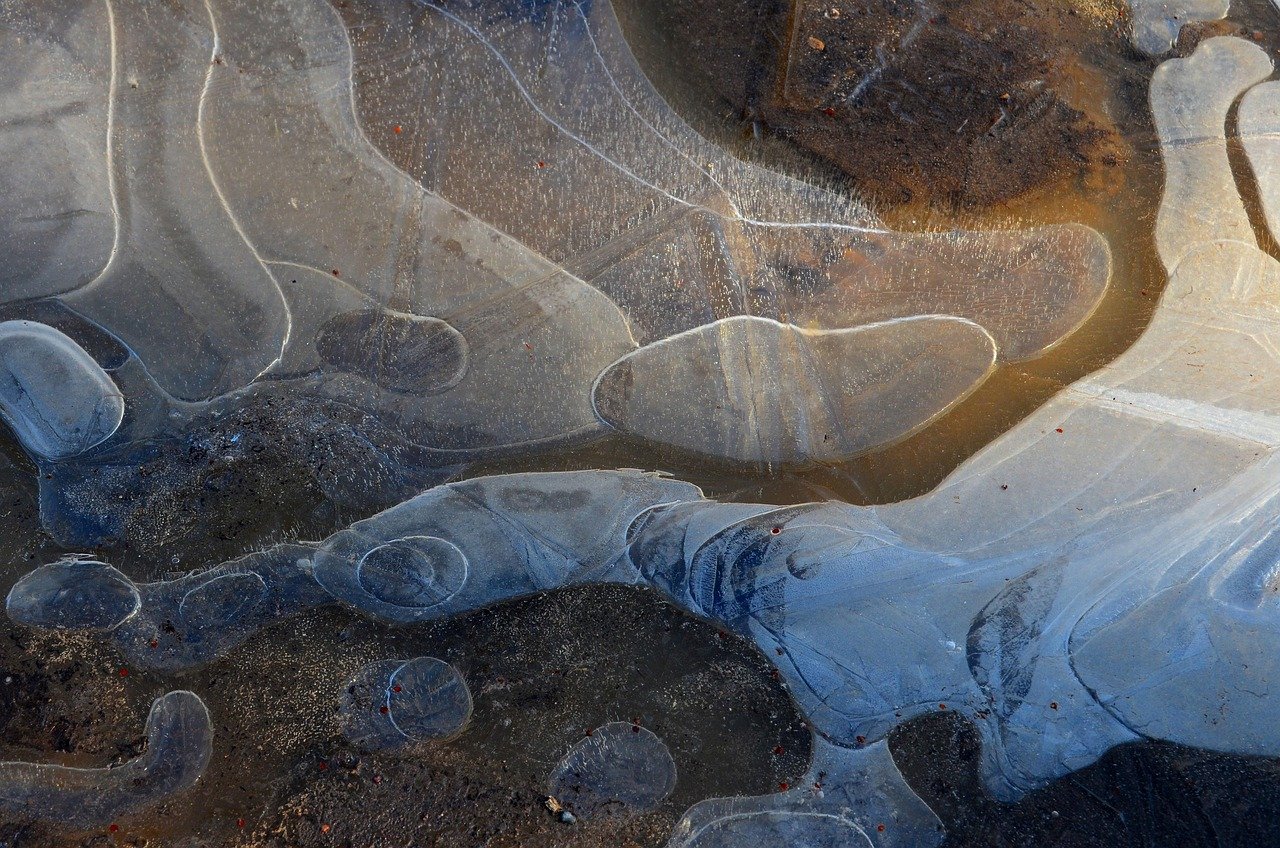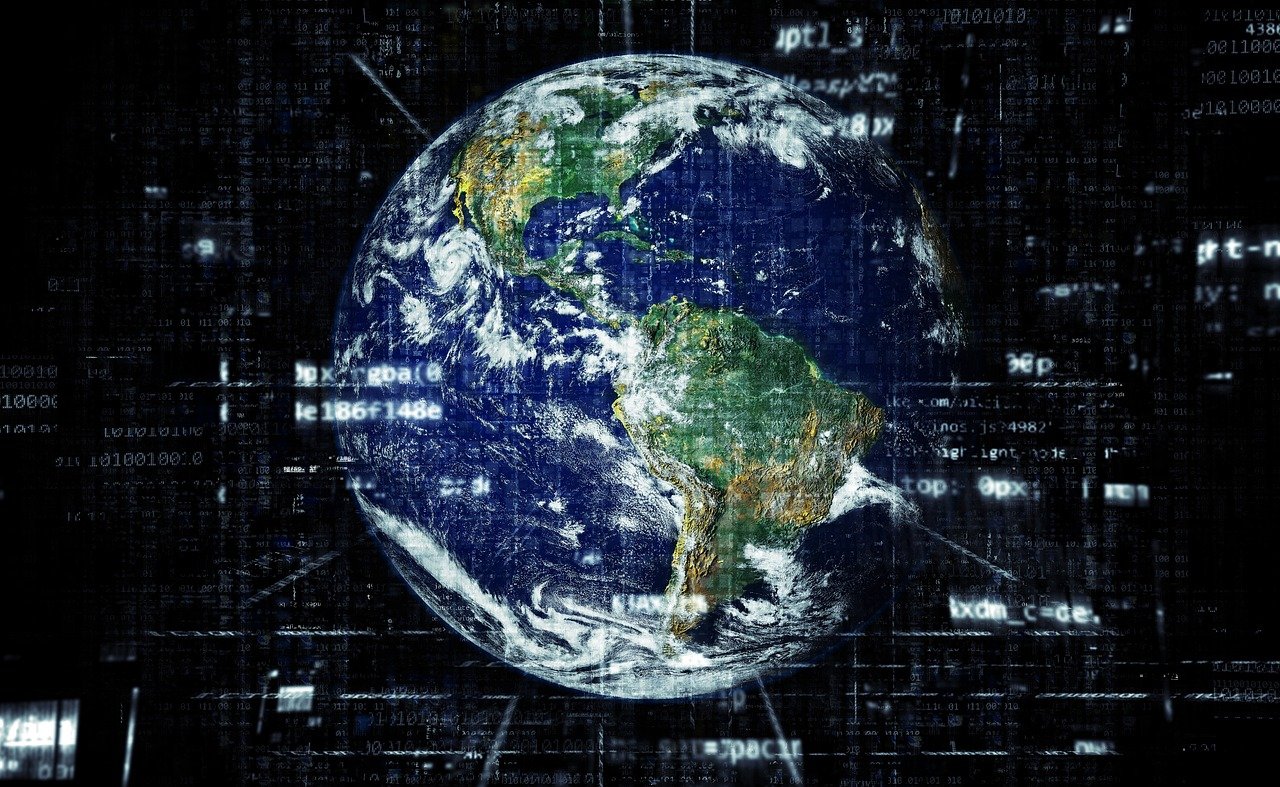Imagine a world where the thundering steps of mammoths shake the ground, the roar of saber-toothed cats fills the air, and the vast herds of giant ground sloths roam the plains. This could have been our reality if the Ice Age megafauna had not succumbed to extinction. The Ice Age, a period marked by extensive glaciation and cooler global temperatures, was teeming with extraordinary creatures. These megafauna were not just massive in size but also played crucial roles in their ecosystems. Let’s delve into this alternate world and explore how the survival of these giants might have shaped our present.
The Giants of the Ice Age

The Ice Age was home to an astonishing array of large animals, collectively known as megafauna. Among these were the woolly mammoths, towering creatures with long tusks that grazed across the northern landscapes. Alongside them were the saber-toothed cats, equipped with fearsome canine teeth that could slice through the thickest hides. Giant ground sloths, some reaching the size of small elephants, lumbered through forests, feeding on leaves and branches. Each of these species played a vital role in maintaining the balance of their ecosystems, much like the large mammals of Africa today.
Ecosystem Engineers

Megafauna were more than just inhabitants of their environments; they were ecosystem engineers. Woolly mammoths, for instance, acted as natural landscapers. Their grazing and trampling helped maintain the grasslands by preventing the spread of trees and shrubs. This activity created a mosaic of habitats that supported a diverse range of species. Similarly, giant beavers constructed dams that altered waterways, creating new aquatic habitats. The extinction of these creatures led to significant changes in the landscape, affecting the biodiversity that depended on their presence.
Impact on Human Evolution

The survival of Ice Age megafauna would have significantly influenced human evolution. Early humans, like Homo sapiens and Neanderthals, coexisted with these giants, relying on them for food, clothing, and tools. The presence of such large prey would have shaped the development of hunting strategies and tools. Moreover, the megafauna might have affected human migration patterns, as people followed the herds to new territories. The extinction of these animals forced humans to adapt, leading to the development of agriculture and permanent settlements.
Climate and Environmental Changes

The Ice Age megafauna played a critical role in regulating the Earth’s climate. Their grazing habits helped maintain grasslands, which in turn, were effective carbon sinks. With their extinction, there was a shift in vegetation patterns, leading to increased carbon release into the atmosphere. This change might have contributed to warming trends observed after the Ice Age. If these creatures had survived, the world might have experienced different climatic conditions, potentially altering the course of environmental history.
Modern Biodiversity

The continued presence of megafauna would have had a profound impact on modern biodiversity. These creatures would have maintained open habitats, supporting a wide variety of plants and animals. Their extinction led to the spread of forests and the decline of grassland species. In an alternate world, we might witness a different array of animals and plants, some of which could have developed symbiotic relationships with these giants. It’s intriguing to ponder the potential discoveries in medicine and science that could have arisen from studying such a diverse ecosystem.
Conservation Lessons

The extinction of Ice Age megafauna serves as a poignant lesson for modern conservation efforts. It highlights the delicate balance of ecosystems and the cascading effects that the loss of a single species can have. By understanding the roles these giants played, we can better appreciate the importance of preserving today’s endangered species. Efforts to rewild certain areas with modern equivalents, like elephants or bison, aim to replicate the ecological functions once performed by extinct megafauna, offering insights into ecosystem restoration.
The Role of Predators

Predators like the saber-toothed cats and dire wolves were vital in controlling herbivore populations and maintaining ecological balance. Their survival would have influenced the evolution of prey species, leading to a dynamic interplay between predator and prey. This balance is crucial for healthy ecosystems, as seen in modern-day food chains. The absence of these predators after the Ice Age resulted in unchecked herbivore populations, causing overgrazing and habitat degradation. Their survival would have added another layer of complexity to our natural world.
Human-Megafauna Interactions

If Ice Age megafauna had survived, human interactions with these creatures would have been vastly different. The challenges of coexisting with such enormous animals might have led to unique cultural practices and mythologies. In some cultures, these animals might have been revered or feared, influencing art, religion, and folklore. The presence of such formidable creatures would have shaped human settlements, as communities adapted to living alongside these giants. Imagine the legends and stories that would have emerged from encounters with these majestic beings.
Technological Developments

The continued existence of megafauna could have spurred different technological advancements. The need to hunt and protect against these large animals might have accelerated the development of weapons and defensive structures. Innovations in agriculture could have arisen from attempts to manage these creatures in human-dominated landscapes. Additionally, studying their physiology and behavior might have inspired breakthroughs in science and engineering. The interaction between humans and megafauna would have been a driving force in shaping technological progress.
The Cultural Legacy

The survival of Ice Age megafauna would have left an indelible mark on human culture. These animals would have been woven into the fabric of human societies, influencing language, art, and storytelling. Their presence would have sparked curiosity and wonder, as people sought to understand and coexist with these magnificent beings. Cultural practices might have evolved around their migration patterns and behaviors, shaping traditions and rituals. The legacy of these creatures would have been a testament to the enduring connection between humans and the natural world.




